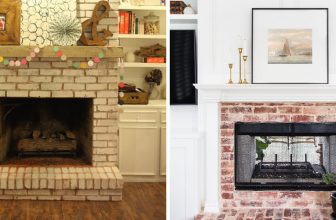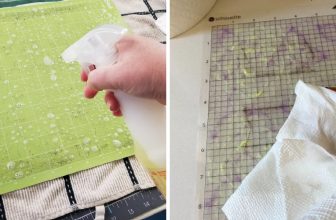How to Fix Pilling Couch
Pilling on a couch can be a frustrating issue, detracting from the overall appearance and comfort of your furniture. These unsightly little balls of fabric often form due to everyday wear and tear, friction from sitting, or even the type of material used in upholstery. Fortunately, there are several effective methods to combat pilling and restore your couch’s look. In this guide, we will explore various techniques and tips for how to fix pilling couch, ensuring your couch remains as inviting as ever.
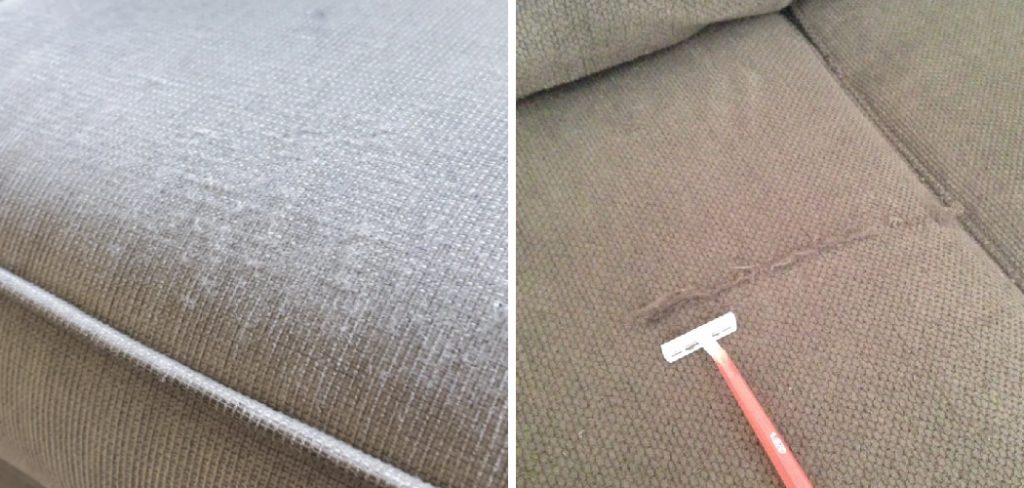
What is Pilling?
Pilling refers to the formation of small balls of fibers on the surface of fabric, often caused by the natural breakdown of materials due to friction, abrasion, or wear. When the fibers loosen from the fabric, they intertwine and bunch together, creating these unsightly lumps. Pilling can occur on various types of upholstery, including cotton, wool, and synthetic fabrics, and is not necessarily a reflection of poor quality. Instead, it’s a common occurrence that can affect even the most durable materials. Understanding pilling is essential for effectively addressing and preventing it, helping to maintain the aesthetic and comfort of your couch.
Common Causes of Pilling on Couches
Understanding the common causes of pilling can help you take preventive measures and select the right upholstery for your furniture. One primary factor is friction, which occurs naturally when people sit or move across the fabric. Materials that are soft or loosely woven, such as certain synthetic fibers, are especially prone to pilling. Additionally, the frequency of use plays a significant role; couches that are regularly used for sitting or lounging are more likely to develop pilling over time. Environmental factors, such as exposure to sunlight and humidity, can also contribute to the degradation of upholstery fibers, leading to pilling. Lastly, the quality of the fabric itself is crucial, as lower-quality materials are more susceptible to wear and pilling.
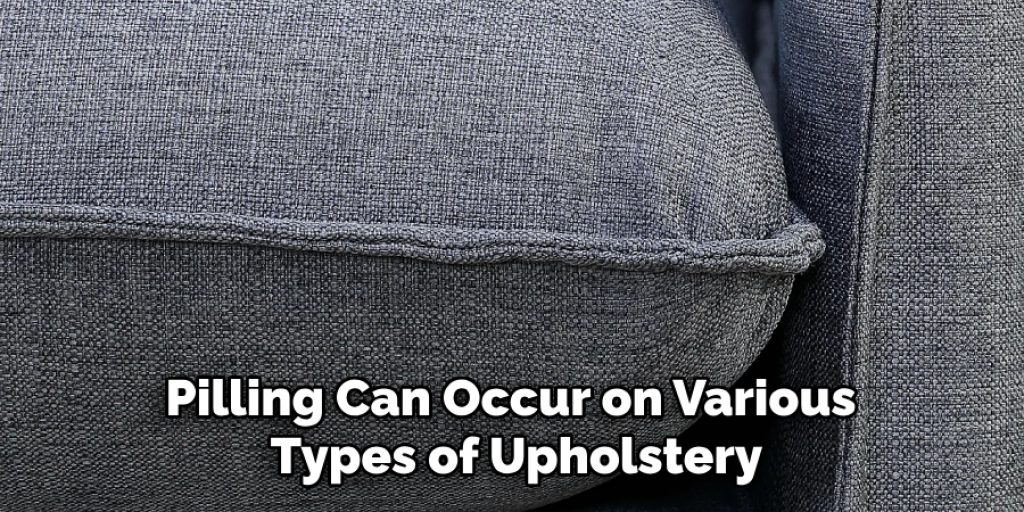
10 Methods How to Fix Pilling Couch
1. Using a Fabric Shaver
One of the most effective tools for removing pilling from a couch is a fabric shaver. This device is designed specifically to tackle pills and restore the fabric’s smooth appearance. Begin by choosing a fabric shaver with adjustable settings to match the type of fabric on your couch. Gently run the shaver over the surface of the couch in slow, even strokes, allowing the blades to cut the pills away from the fabric. Be careful not to press too hard, as this can damage the fibers. After shaving, empty the shaver’s collection chamber to remove the accumulated pills. This method is efficient and provides a quick solution for revitalizing the appearance of your couch.
2. Using a Lint Roller
A lint roller is a handy tool for removing surface pills and debris from your couch. Start by rolling the lint roller over the pilled areas in a gentle, back-and-forth motion. The sticky sheets on the lint roller will pick up the loose pills and any dust or dirt present on the fabric. For best results, use a fresh sheet for each pass and avoid pressing too hard to prevent damaging the fabric. This method is ideal for light pilling and for maintaining a clean appearance between more thorough treatments. Regular use of a lint roller can help prevent the buildup of pills and keep your couch looking tidy.
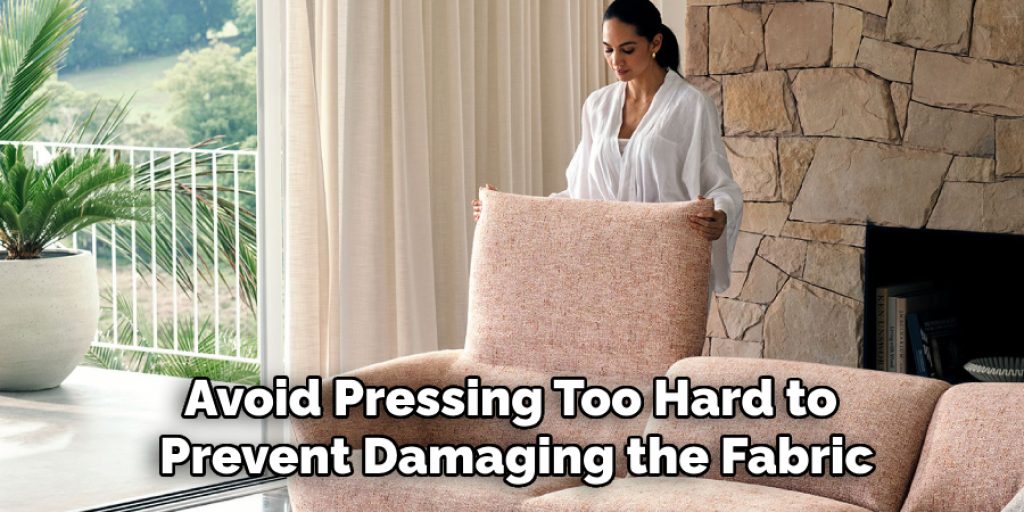
3. Using a Sweater Comb
A sweater comb is another effective tool for removing pilling from fabric. To use a sweater comb, gently run the comb over the pilled areas of the couch in a light, sweeping motion. The comb’s fine teeth will catch and remove the pills without causing damage to the fabric. It’s essential to use the comb with a light touch to avoid pulling on the fibers. After combing, remove the pills from the comb and discard them. This method is particularly useful for delicate fabrics that may be damaged by more abrasive tools.
4. Using a Pumice Stone
A pumice stone can be an effective tool for removing pilling from a couch, especially for certain types of fabrics. To use a pumice stone, gently rub it over the pilled areas of the couch in a circular motion. The abrasive surface of the pumice stone helps to dislodge and remove the pills from the fabric. Be sure to use light pressure to avoid damaging the fibers. After treating the pilled areas, vacuum or shake out the couch to remove any loose pills. This method is best suited for durable fabrics and can provide a natural, eco-friendly solution for fixing pilling.
5. Using a Fabric De-pilling Brush
A fabric de-pilling brush is specifically designed for removing pills from various types of fabric. Begin by selecting a brush with natural or synthetic bristles, depending on the fabric of your couch. Gently brush the pilled areas in a back-and-forth motion, allowing the bristles to lift and remove the pills from the surface. This method is effective for both light and moderate pilling and is suitable for a variety of fabric types. Regular use of a de-pilling brush can help maintain the appearance of your couch and prevent future pilling.
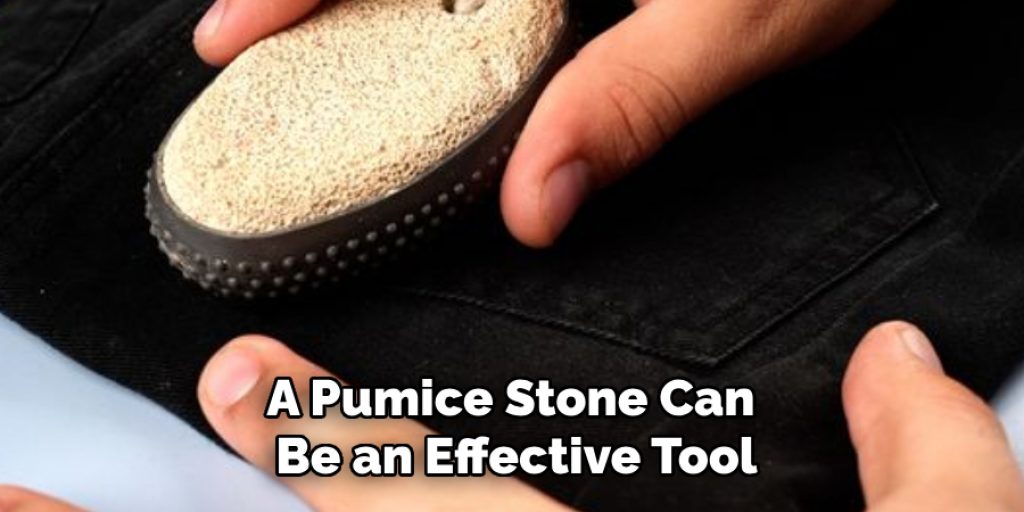
6. Hand-Picking Pills
For a more hands-on approach, you can manually remove pills from your couch. Start by using your fingers or a pair of tweezers to gently pick off the pills from the fabric. This method is time-consuming but allows for precise removal of individual pills. Be sure to work slowly and carefully to avoid pulling on the fabric or causing damage. After picking off the pills, use a vacuum or lint roller to remove any remaining debris. This method is particularly useful for small areas or when other tools are not available.
7. Using a Sticky Tape
Sticky tape, such as packing tape or duct tape, can be an effective solution for removing pills from a couch. Cut a piece of tape and press it gently onto the pilled areas of the fabric. Pull the tape away quickly, lifting the pills from the surface. Repeat this process as needed to remove all visible pills. This method works well for light pilling and is a quick and inexpensive solution. However, be cautious when using tape on delicate fabrics, as it may leave behind a sticky residue or cause damage.
8. Using a Vacuum Cleaner with a Brush Attachment
A vacuum cleaner with a brush attachment can help remove pills and debris from your couch. Begin by attaching the brush tool to the vacuum cleaner and setting it to a low suction setting. Gently run the brush over the pilled areas, using light pressure to avoid damaging the fabric. The brush will help dislodge and lift the pills, while the vacuum will suction them away. This method is particularly effective for removing loose pills and dust from the couch. Regular use of a vacuum cleaner with a brush attachment can help maintain a clean and pill-free appearance.
9. Using a Fabric Conditioner Spray
A fabric conditioner spray can help loosen and remove pills from your couch. To use this method, lightly spray the pilled areas with a fabric conditioner or a mixture of water and a few drops of fabric softener. Allow the fabric to sit for a few minutes to let the conditioner penetrate the fibers. Afterward, gently brush the pilled areas with a soft brush or fabric comb to remove the pills. This method helps to relax the fabric and reduce the formation of new pills, making it easier to remove existing ones.
10. Preventing Future Pilling
Preventing future pilling is an important aspect of maintaining the appearance of your couch. Start by selecting high-quality fabrics that are less prone to pilling. Avoid placing the couch in high-friction areas and reduce the use of harsh cleaning products that can contribute to fiber damage. Regularly vacuuming and brushing the couch can help prevent the buildup of dust and debris that contributes to pilling. Additionally, using a couch cover or throw can protect the fabric from wear and tear, reducing the likelihood of pilling. Implementing these preventative measures will help keep your couch looking fresh and well-maintained.
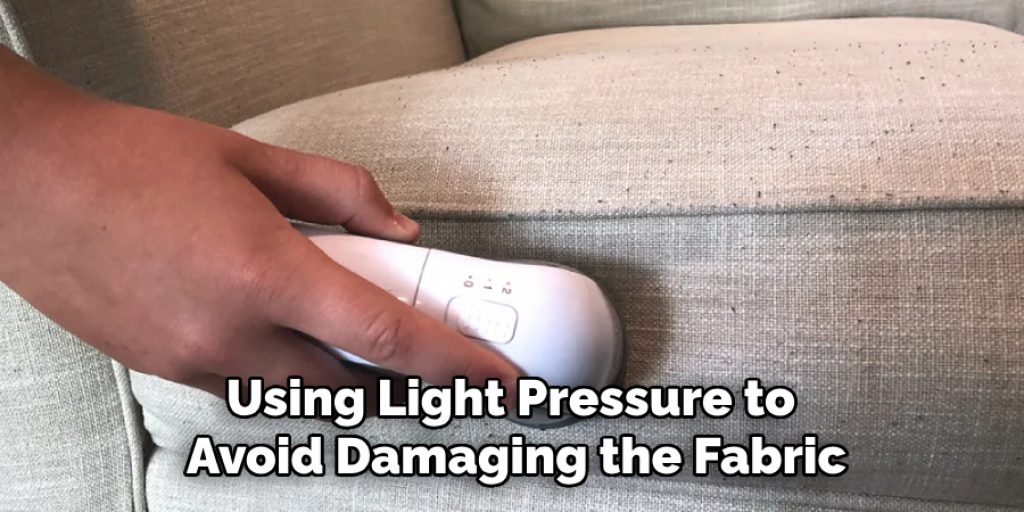
Maintenance and Upkeep
To ensure your couch remains in optimal condition and retains its aesthetic appeal, regular maintenance and upkeep are essential. Start by vacuuming your couch at least once a week to remove dust, debris, and potential allergens that can accumulate. Pay attention to crevices and seams where particles may gather. In addition, schedule a thorough cleaning every few months to refresh the fabric—this can include steam cleaning or using professional upholstery cleaning services, depending on the material. Protect the fabric from direct sunlight to prevent fading, and consider using fabric protectants to shield against spills and stains. Lastly, rearranging cushions and throws periodically can help distribute wear evenly, prolonging the life of your furniture while maintaining its visual appeal.
Conclusion
Fixing a pilling couch involves using various methods to remove the unsightly pills and restore the fabric’s smooth appearance. Whether you choose to use a fabric shaver, a lint roller, or a pumice stone, each method provides a unique solution for addressing different levels of pilling. By employing these techniques and following preventative measures, you can maintain the appearance and longevity of your couch. Thanks for reading, and we hope this has given you some inspiration on how to fix pilling couch!
You can check it out to Repair Fabric Couch from Cat Scratches
